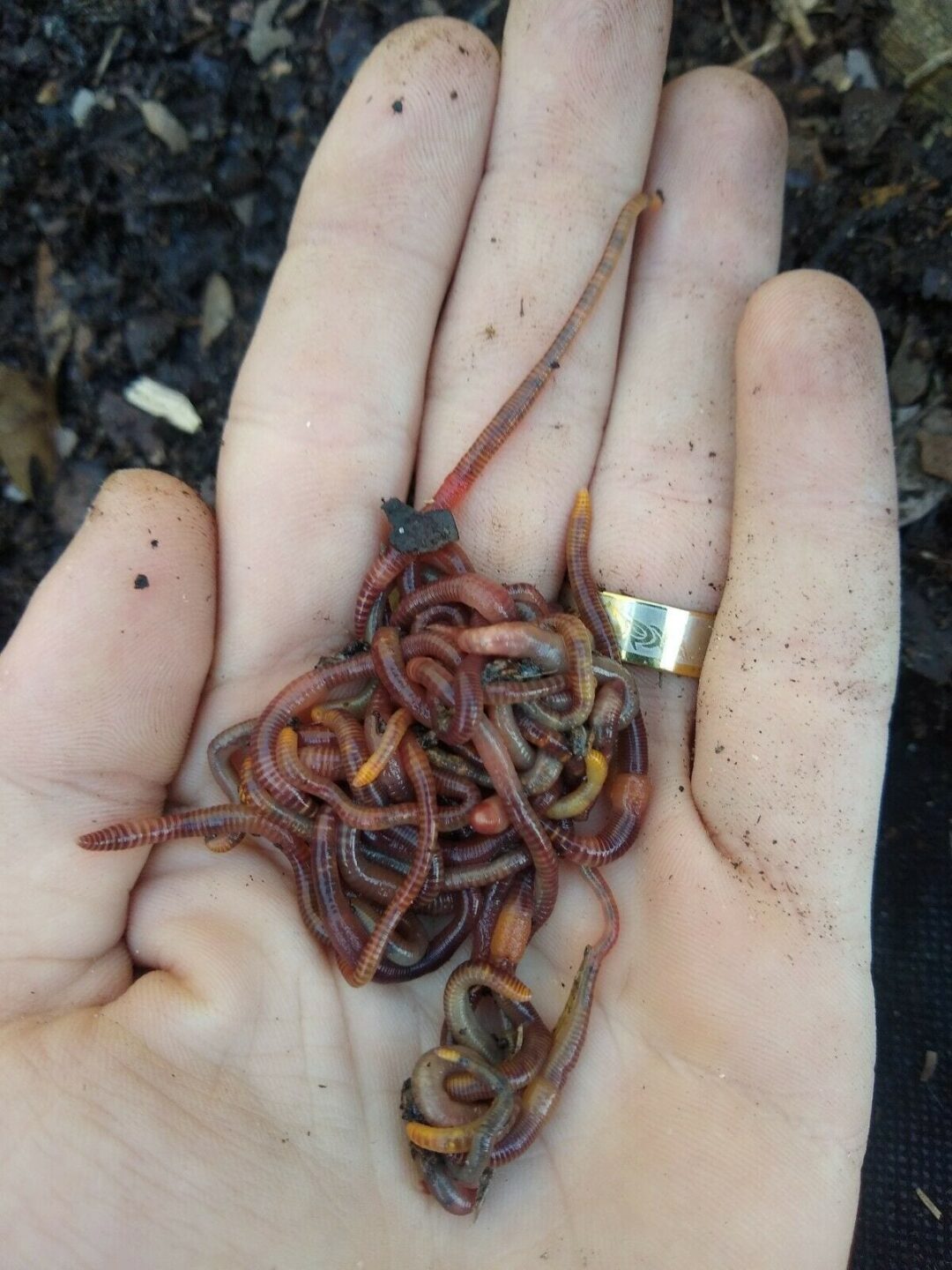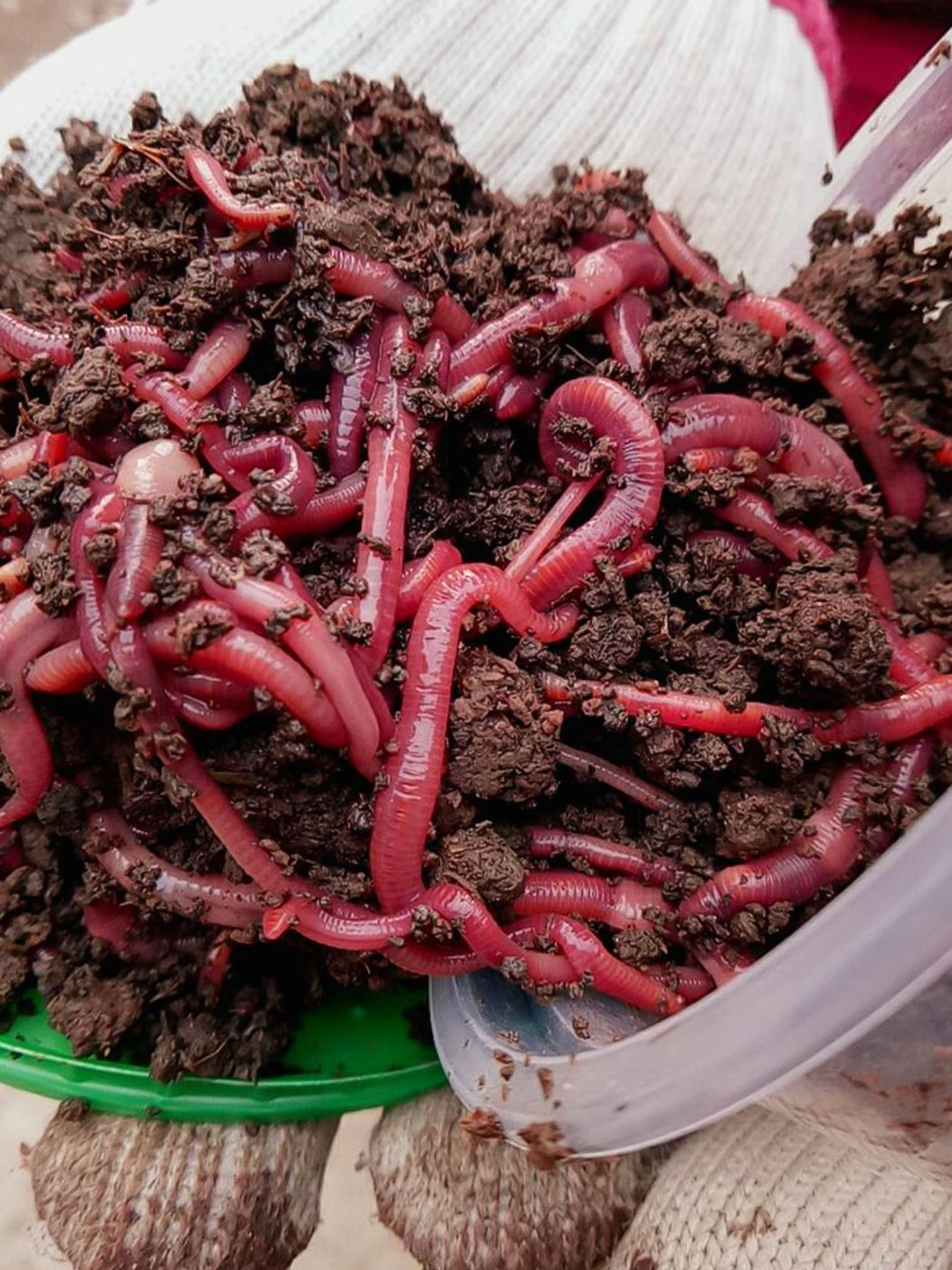Red Wigglers: The Unsung Heroes of Organic Waste Recycling
Red wigglers, or Eisenia fetida, serve as critical representatives in the organic waste reusing procedure, transforming discarded products into beneficial vermicompost. As the globe progressively looks for solutions to combat waste accumulation and enhance agricultural productivity, recognizing the function of these worms becomes essential.
What Are Red Wigglers?
The impressive durability of red wigglers, medically referred to as Eisenia fetida, underscores their essential role in natural waste recycling. These small, reddish-brown earthworms are commonly discovered in decomposing natural matter, such as compost heap and manure loads. Lake Hickory Bait. Unlike other earthworm varieties, red wigglers flourish in nutrient-rich settings and are highly reliable at breaking down organic products, making them important for vermicomposting

Advantages of Composting With Worms
Composting with worms, particularly red wigglers, offers numerous benefits that boost both waste monitoring and dirt health. First, these worms successfully break down natural waste, converting it right into nutrient-rich vermicompost that enriches soil. This procedure speeds up decomposition, enabling for a faster recycling of cooking area scraps and other organic materials compared to conventional composting methods.
Additionally, the vermicompost generated by red wigglers is including advantageous microbes, which aid boost soil structure, aeration, and wetness retention. This boosts the general health of plants, advertising energetic development and boosted yields in yards and agricultural settings. Moreover, using worms in composting decreases the manufacturing of greenhouse gases, such as methane, contributing to a much more sustainable waste management system.

How to Start Vermicomposting
Establishing a vermicomposting system is a straightforward procedure that can yield considerable advantages for both waste management and soil enrichment. To begin, select an ideal container, such as a plastic container or wooden box, with sufficient air flow openings to make certain proper airflow. The dimensions ought to preferably be about 2 feet by 3 feet, allowing sufficient space for the worms to flourish.
Next, prepare bedding material, which can contain shredded newspaper, cardboard, or coconut coir. This bed linen ought to be moistened to create an ideal habitat for the worms. Once the bed linen remains in area, introduce red wigglers (Eisenia fetida) into the bin, usually around one extra pound of worms for each square foot of area.
Following the positioning of worms, add organic waste, such as fruit and vegetable scraps, coffee premises, and smashed eggshells. Prevent adding dairy products, meat, or oils, as these can produce odors and draw in insects. Lastly, place the container in a shaded, temperature-controlled location to keep optimum problems for worm activity. With these steps, you will effectively start a vermicomposting system that adds to sustainable waste monitoring and enriches your soil.
Keeping a Healthy Worm Bin
Oygenation is critical as well. Carefully blending the bedding and food scraps every few weeks stops compaction and makes certain that all worms have accessibility to oxygen. In addition, it is essential to feed the worms appropriately. A balanced diet of vegetables and fruit scraps, coffee grounds, and smashed eggshells ought to be used in small amounts to prevent overfeeding, which can lead to odors and pests.
If the container comes to be also hot or cold, the worms may end up being stressed. By carefully handling these factors, one can keep a durable and efficient worm bin.
Influence On Lasting Living
The effective upkeep of a worm container not only profits the wellness of red wigglers yet additionally adds substantially to sustainable living methods. By reusing organic waste, such as cooking area scraps and backyard particles, red wigglers help divert substantial quantities of material from landfills. This decrease in waste not just decreases greenhouse gas exhausts but additionally decreases the environmental concern connected with waste administration.
Additionally, the spreadings produced by red wigglers work as a nutrient-rich organic plant food, enhancing dirt health and advertising plant growth. This natural choice to chemical fertilizers sustains lasting agriculture and gardening practices, reducing reliance on synthetic inputs that can damage communities. Additionally, worm composting fosters recognition of waste monitoring, encouraging individuals and neighborhoods to take on more lasting habits.

Conclusion
In recap, red wigglers serve as important contributors to natural waste reusing with their efficient decomposition of natural products. By integrating vermicomposting right into waste monitoring methods, individuals and communities can dramatically minimize waste while promoting environmental sustainability.
Comments on “Lake Hickory Bait: Your One-Stop Shop for Top-Quality Fishing Gear”